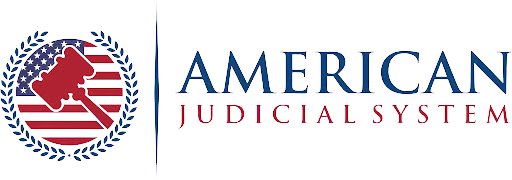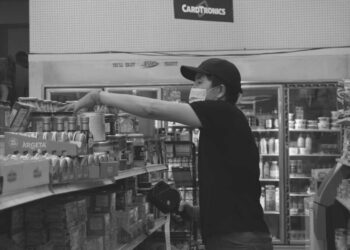Overloaded store shelves are a common sight in modern retail spaces. Shoppers often overlook the risks hiding just above eye level. Sometimes, it takes an accident to reveal the need for help from a lawyer when you’ve been hurt in these environments.
The Reality Behind Overloaded Shelves
Retail stores prioritize maximizing product display for customer convenience. Taller shelves and densely packed goods often mean products are stacked beyond safe limits. The sheer weight of these items can threaten the stability of fixtures.
Higher shelves are popular in warehouse-style outlets and discount centers. They allow more bulk merchandise but create unique dangers if goods shift or fall unexpectedly. Regular foot traffic and restocking can further destabilize already precarious displays.
The desire for variety means densely packed shelves rarely get empty. Instead, retailers attempt to fill every available space, sometimes at the expense of safety standards or equipment limits.
Why Shelf Overloading Happens
Retailers frequently exceed safe load limits for shelving units. Promotional displays and inventory excess pressure staff to use every inch. Managers may overlook warnings in favor of sales goals.
Regular maintenance and shelf inspections typically fall short during busy seasons. Holiday rushes and sales events make careful stocking difficult. Staff turnover also brings less experienced team members who may not recognize hazards.
Supply disruptions and delivery delays can result in rushed shelf restocking. Workers pile boxes quickly to keep up, sometimes stacking heavier items on top of lighter, unstable products.
Risks For Shoppers And Workers
Falling items are the most immediate risk associated with overloaded shelves. Heavy products can strike customers or employees, causing head trauma or broken bones. Even light items may damage eyes or cause painful cuts.
Collapsing shelves pose a larger danger. When weight limits are ignored, entire units may fail, causing dozens of goods to cascade down. These events have led to serious injuries and claims in court by both workers and customers.
Hidden risks include tripping over fallen merchandise or slipping because of cluttered aisles. Sudden falls sometimes trigger long-lasting strains or back problems for unsuspecting shoppers.
Preventable Causes And Oversights
Most shelf failures begin with improper stacking procedures. Employees may place heavier items high up or ignore spacing requirements. Some retail spaces neglect to fit stabilizing hardware or anchors.
Planogram compliance, a retailer’s popular organizational system, often drops off the longer the shelves go without inspection. Thorough attention to guidelines reduces the likelihood of failure, but this vigilance can wane when stores are busy or understaffed.
Lack of staff training and unclear safety procedures add to the risk. New workers, especially, may not understand weight limits or the need to inspect shelf integrity after stocking.
Notable Incidents And Legal Outcomes
Major retailers have reported thousands of injuries linked to falling merchandise over the years. In some cases, entire shelf units collapsed, resulting in serious trauma and lawsuits. Courts have seen substantial claims from customers injured in these incidents.
Even small stores face injury risks when overloaded shelving units give way. Recent reports reveal frequent settlements and legal disputes over unsafe stacking practices. These outcomes highlight why prompt attention to shelf safety matters.
The Cost Beyond Physical Harm
Financial losses from injuries and lawsuits are substantial. Stores may pay out medical expenses, lost wages, and damages for pain and suffering. Litigation also brings costs for legal representation and time spent away from work.
Disrupted business reputation is another consequence. Customers who witness or experience injuries are less likely to return. Staff may also feel unsafe, which can increase turnover and undermine morale.
Empty shelves after an accident mean lost sales and supply chain disruptions. Stores often have to rework layouts and stock levels, causing further operational headaches.
Steps Retailers Can Take
Routine shelf inspections catch problems before accidents occur. Managers must enforce weight limits and proper stacking techniques at all times. Staff should receive regular training on recognizing and mitigating risks.
Clear signage and customer education reduce unnecessary handling of merchandise. Alert shoppers are less likely to accidentally destabilize displays.
Installing safety equipment, such as stabilizers and rails, provides stronger shelf support. Stores should prioritize these upgrades, especially in high-traffic areas and those with greater bulk goods.
When Injuries Occur: Seeking Help
Customers injured by falling merchandise have legal rights. Proper documentation of the accident, including medical records and witness statements, strengthens any claim. Immediate reporting to management is essential.
Consulting with legal professionals equips injured parties to pursue appropriate action. Help from a lawyer when you’ve been hurt is crucial to navigating complex liability issues and securing compensation.
Conclusion
Overloaded store shelves may look harmless, but they conceal genuine risks. Retailers and shoppers alike should care about safety for everyone’s sake. Never hesitate to seek help from a lawyer when you’ve been hurt due to unsafe store practices.










